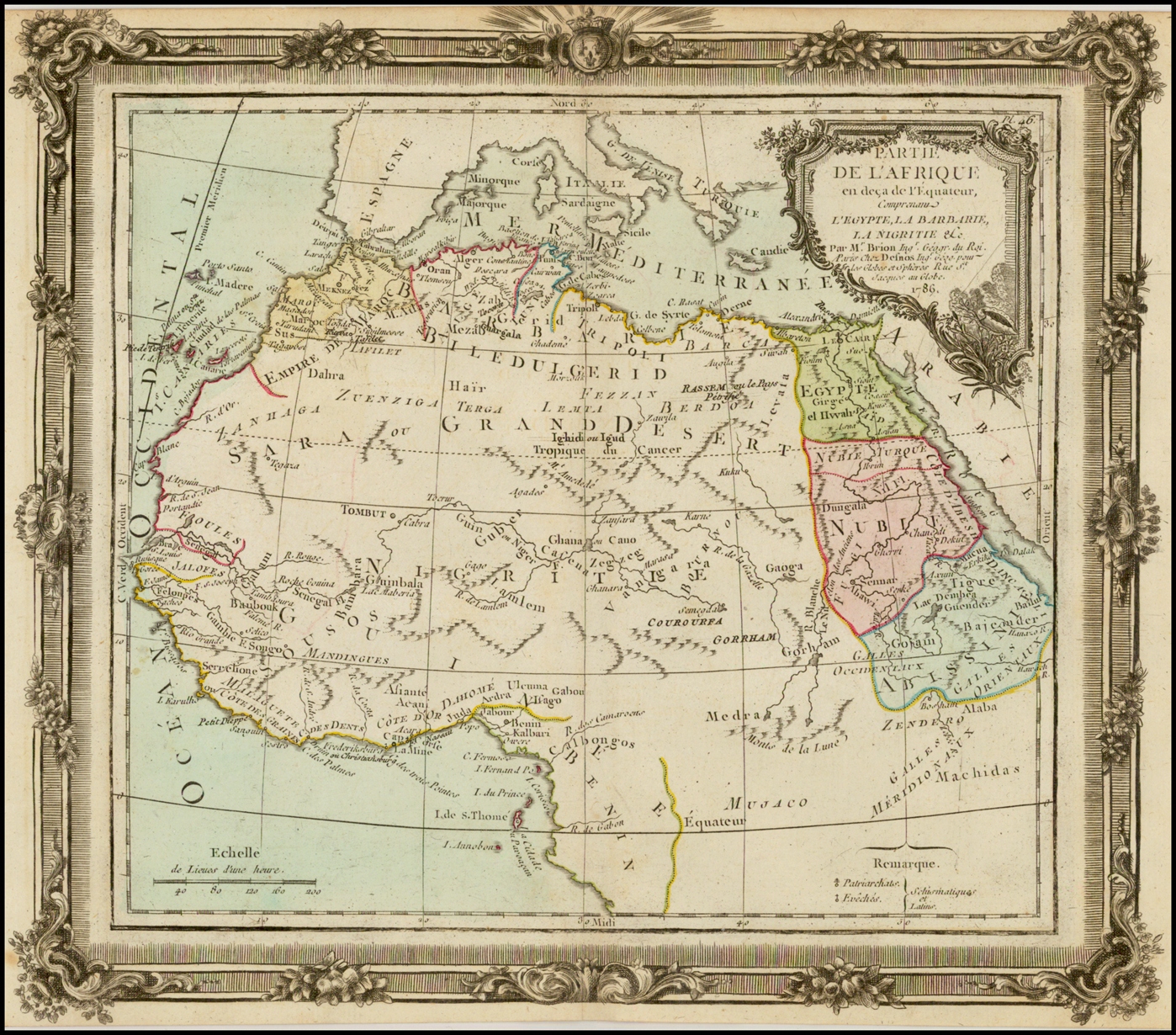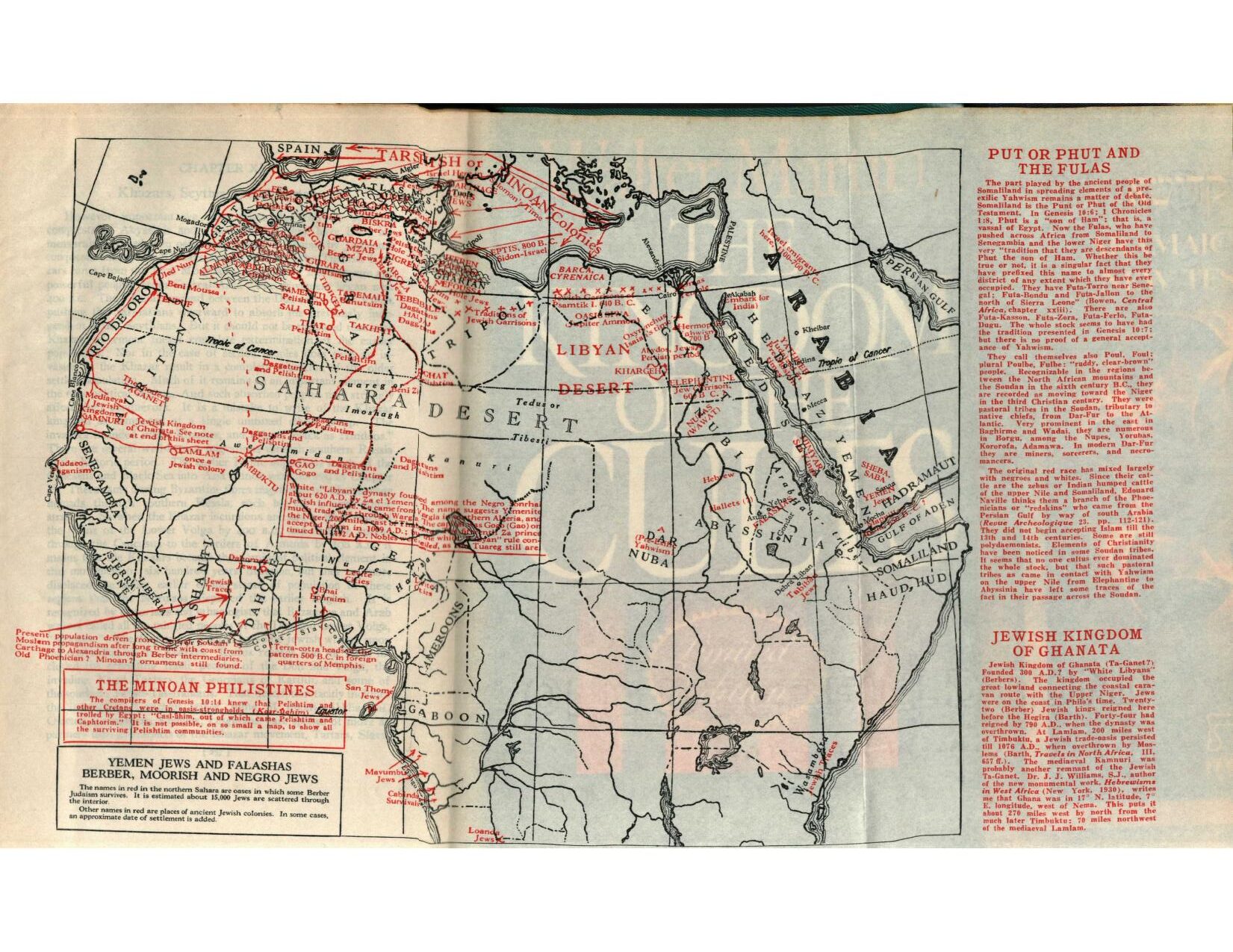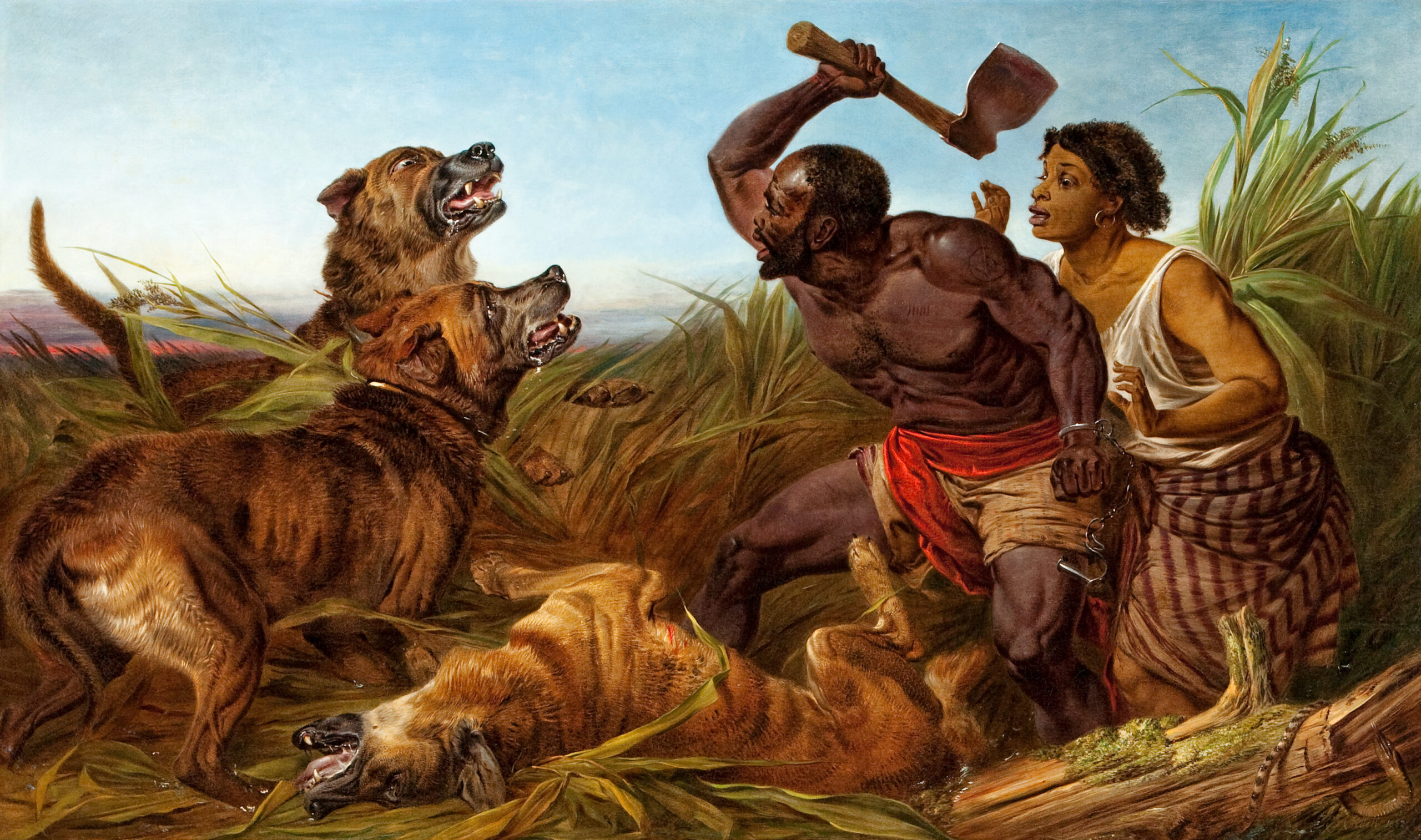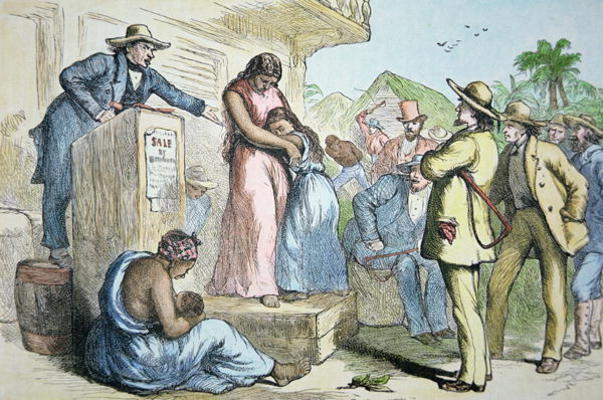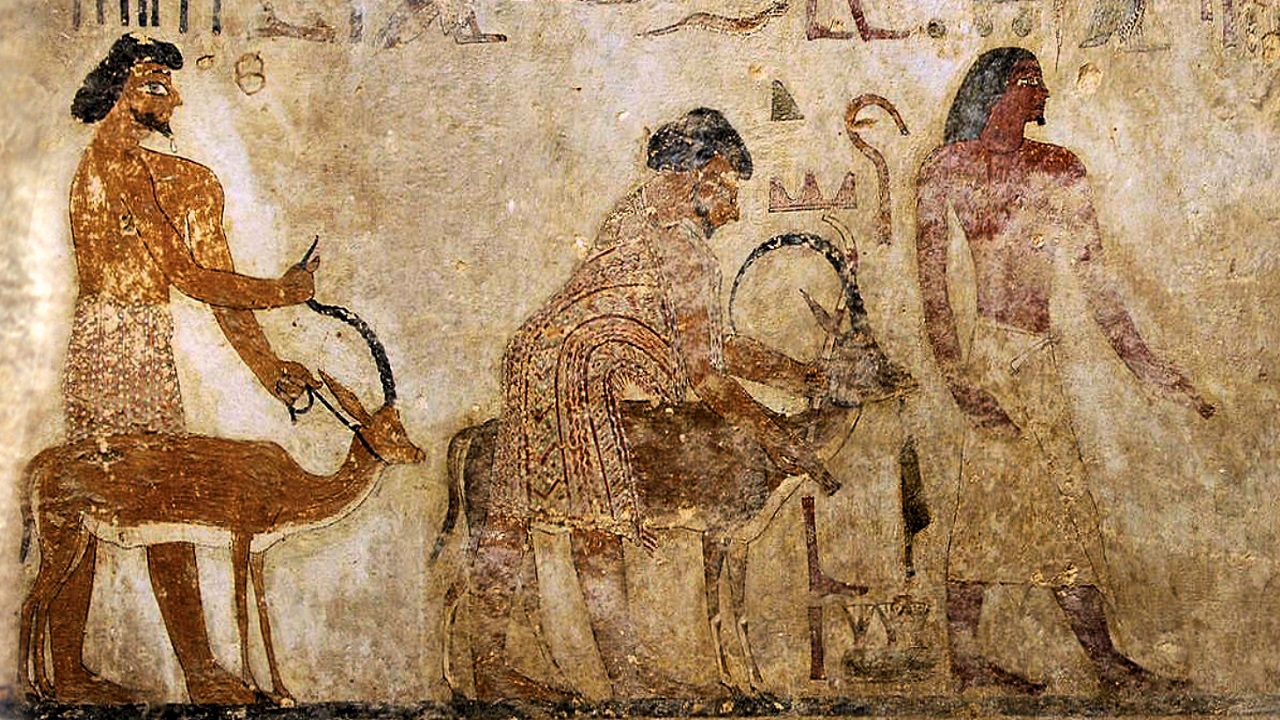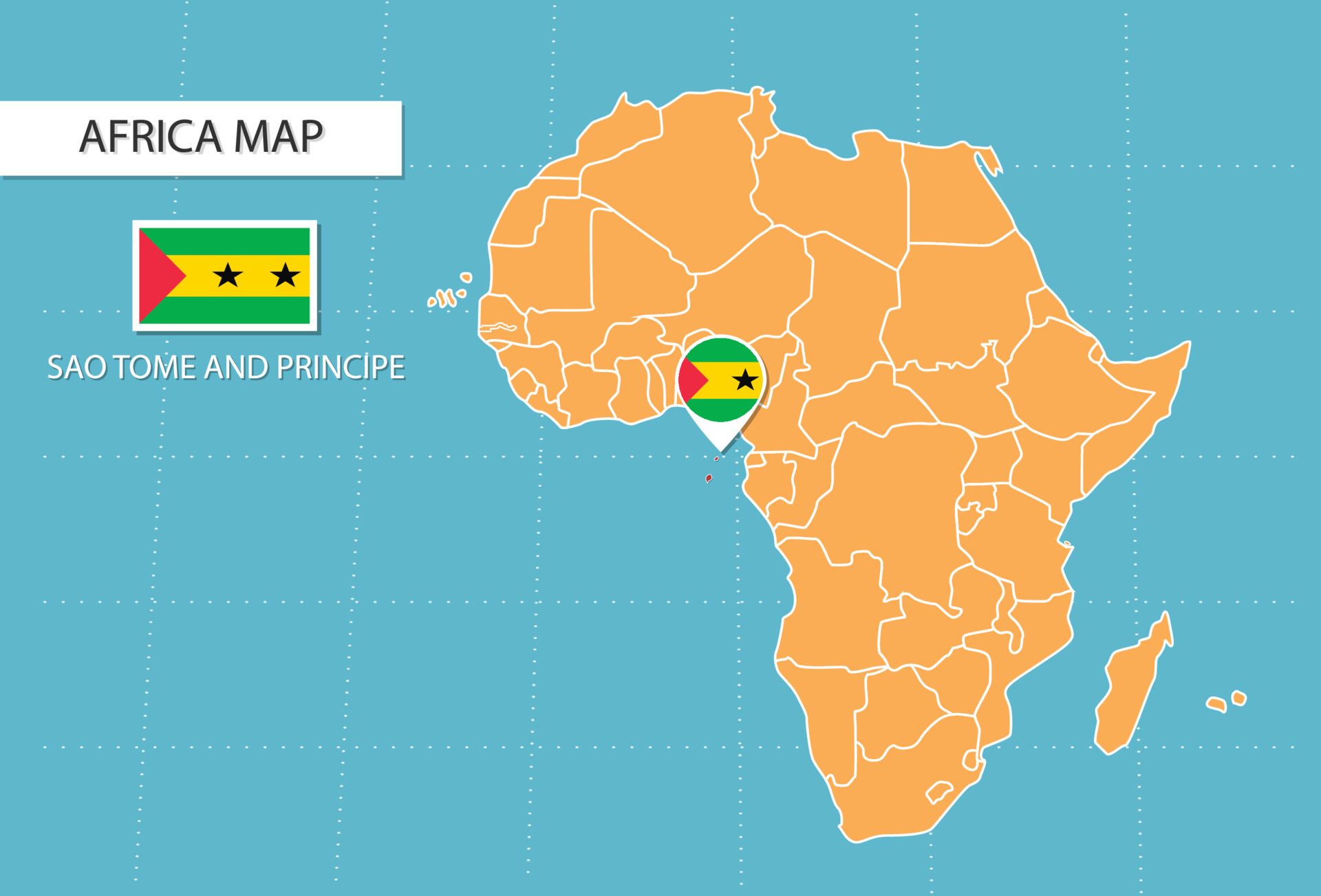Link: Click Here
Book: Religious Changes and Cultural Transformations in the Early Modern Western Sephardic Communities
Author: Jonathan Schorsch
Title: Revisiting Blackness, Slavery, and Jewishness in the Early Modern Sephardic Atlantic
DOI: https://doi.org/10.1163/9789004392489_022
BHITB and our affiliate sites are made possible by our sponsors. If you are interested in sponsoring an exhibit, please see our sponsor page for full details and benefits of becoming a sponsor. Click here to view our Sponsor Page.
“A review of the relevant communal ordinances from around the Sephardic Atlantic will allow us to continue the discussion on another level and address the contradictions I have raised.
Ascamot, Amsterdam:
- 1614: separate section in cemetery established “especially for the burial of slaves, servants and ‘Jewish girls, who are not of our Nation’.”
- 1627: “No black person nor mulatto will be able to be buried in the cemetery, except for those who had buried in it a Jewish mother […] none shall persuade any of the said blacks and mulattos, man or woman, or any other person who is not of the nation of Israel to be made Jews.”
- 1641: Mahamad orders that Sephardic women not send their black and mulatto girls (servants or slaves) to reserve seats for them in the synagogue’s women’s gallery; also that the doors to the women’s section of the sanctuary were not to be opened before six in the morning, in order to prevent the “unseemly” congregating of these women and other servants on the street.
- 1644: “circumcised Negro Jews” were not to be called to the Torah or given any honorary commandment to perform in the synagogue, “for such is fitting for the reputation of the congregation and its good government.”
- 1647: separate section of the cemetery is established for “all the Jewish blacks and mulattos.” Exceptions limited to those “who were born in Judaism, [their parents] having [been married] with quedosim [with kiddushin, i.e., properly, according to Jewish law], or those who were married to whites with quedosim.”
- 1650: “Renewal of the ascama of 1639 which treats the circumcising of goyim. The Gentlemen of the Mahamad declare that the same penalty of herem [the most stringent form of excommunication] [will apply] to any [person] circumcising blacks or mulattos and also any immersing them or [any who] should be a witness for them [as required by halakha—JS], seeing [their] immersing, or [that of] any other person or woman who is not of our Hebrew nation. The Gentlemen of the Mahamad, having some occasion of a son or daughter of a Jew who should come to the [ritual] bath or give birth [?] [and] who should be raised in his house with his [word unclear] may arrange [to do] as he sees fit.”
- 1658: mulatto (and tudesco) boys no longer be admitted for study in the Amsterdam yeshiva of the Sephardim
Ascamot, Suriname:
- 1663 or 1665: the leadership decides to demote the status of jehidim [full members] who marry a mulatta; a jahid [full member] is prohibited from circumcising sons born to jehidim who had been demoted to congreganten. The penalty for doing so is herem.
- 1734: Mulatto Jews in Jodensavanne “may not have any Mitsvahs on Holiday or Sabbath days, but only on rosh hodesh [the New Moon] and the minor fasts and are also required to sit behind the teva [the central table whence prayers were led and the Torah read].”
- 1754: “[S]ince experience has taught how prejudicial and improper it would be to admit Mulattos as jehidim [full members], and noting that some of these have concerned themselves in matters of the government of the community, it is resolved that henceforth they will never be considered or admitted as jehidim and will solely be congreganten, as in other communities.”
- Members who married a mulatto woman, “either according to our Holy Law or solely in front of the Magistrates,” would have their children considered mulattos by the community as punishment.
- Non-white Jews had to sit at the bench of mourners, located at the synagogue’s margin.
- Non-white Jews could not receive certain public blessings (mi-she-berakh).
- No woman who was black, mulatto or Indian could enter the prayer hall, not even to tend to her master’s children, “considering the Respect of the Holy Place.”
By the 1780s the ascamot accept as congregantes any colored children “who carry the name of, or are known to be descended of the Portuguese or Spanish Nation.”
- 1787: further exclusive ascamot, including distinctions between the various categories: karboeger (black and mulatto), mulatto (black and white), mestice (white and mulatto), castice (white and mestice).
- 1794: resolution that jehidim who tried to sit in the seats for congreganten or have congreganten sit next to them in seats reserved for jehidim would be fined one hundred guilders.
- 1797: jehidim cannot sit at the bench for born congreganten behind the teva and the bench in front of the seat of the samas.
Ascamot, Curaçao:
- 1702: “women other than the Brides of the Law or of a Marriage, together with their bridesmaids” are barred from sitting “in the front part of the ladies’ gallery” of the synagogue.
- 1751: order “not to bring into the synagogue black or mulatto women in order not to remove the devotion which there needs to be.”
- 1754: lending money at interest to slaves and whites is forbidden, but Jewish law permits taking interest from free blacks.”



